Table of Contents Show
Watching Caso Cerrado (Telemundo; 2001-2019) during family visits on the TV was inevitable. The catchy openings, chaotic re-tellings of the reason for, or defense against a lawsuit, and the insulting quips made by the judges are the possible reasons why this show was always a go-to when we were bored at 11 am.
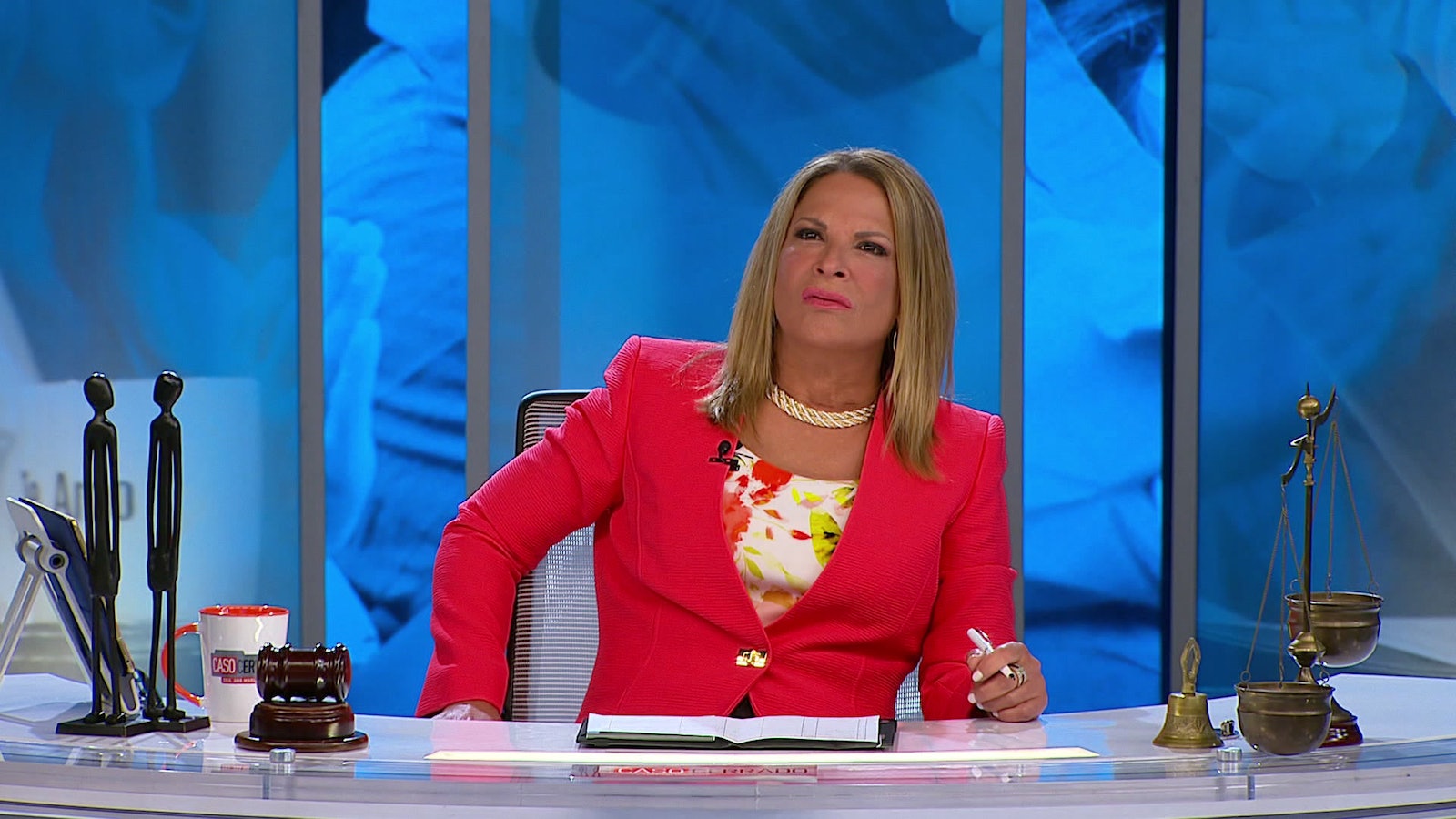
Perhaps this is the case for many others, as courtroom television shows such as Judge Judy (1996-2021), Caso Cerrado (2001-2019), People’s Court (1997-2023), Judge Mathis (1999-2023), and many others have arisen in popularity. Judge Judy (1996-2021), the most well-known show of this genre, racks up to ten million viewers a day (( Bresnan, P. (Host). (2022, May 22). Judge Judy’s Law [Audio podcast transcript]. In The Experiment. The Atlantic. )).
Since these shows serve as idealistic representations of the American legal system, they may attract a significant audience because they also serve as a modern replacement for historical dynamics of theatrics, public humiliation, and moral beliefs regarding law and justice; yet — how have they become so widely accepted in mainstream popular culture?
Courtroom Show Procedures
The premise of these shows follows the usual format: individuals who file a lawsuit with small-claim courts end up on the show, the plaintiff and defendant state the incident, provide evidence to their claims, and the judge through their hearings rule out the decision.
How Can Entertainment Teach The Public?
Despite the drama that ensues often in courtroom shows, for many they serve as an educational way of understanding the court and its methodologies. That was the case for Peter Bresnan and his mother who stated,
“And I think, for us, Judge Judy really felt like a window into how the American court system works.”
(( Bresnan, P. (Host). (2022, May 22). Judge Judy’s Law [Audio podcast transcript]. In The Experiment. The Atlantic. ))
(Anecdotally, the same opinion was voiced by family members who also have had little to no experience with court procedures.)
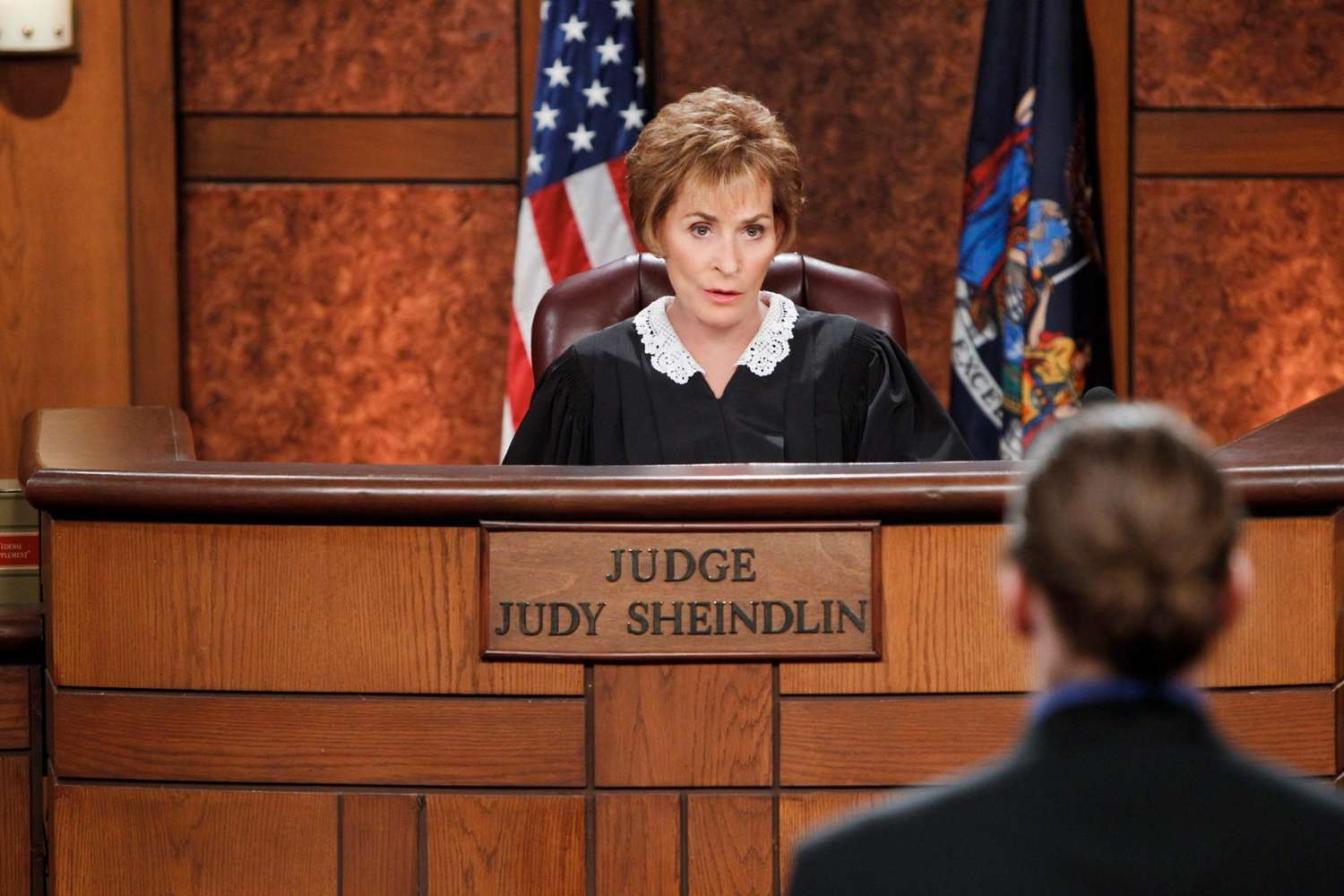
As mentioned previously, Judge Judy is an arbitrator and not bound by law: the participants of the show opt to have their case decided by her instead of an actual judge in a small claims court. Often times in these courts, winning your case does not ensure you will receive your money if the individual sued does not show up in court (( Bresnan, P. (Host). (2022, May 22). Judge Judy’s Law [Audio podcast transcript]. In The Experiment. The Atlantic. )). So, participating in courtroom television shows provides benefits not given in reality.
Using an alias, Bruce is a participant on the show who was able to get his $2,400 within ten minutes — a speed that is rarely taken for a case in traditional courts. Courtroom television shows, therefore, act as a model of what uninformed viewers may think a trial actually looks like. Depending on the state, courts do not allow cameras, and since actual court trials are monotonous this show serves as an entertaining yet informational introduction to how justice is obtained.
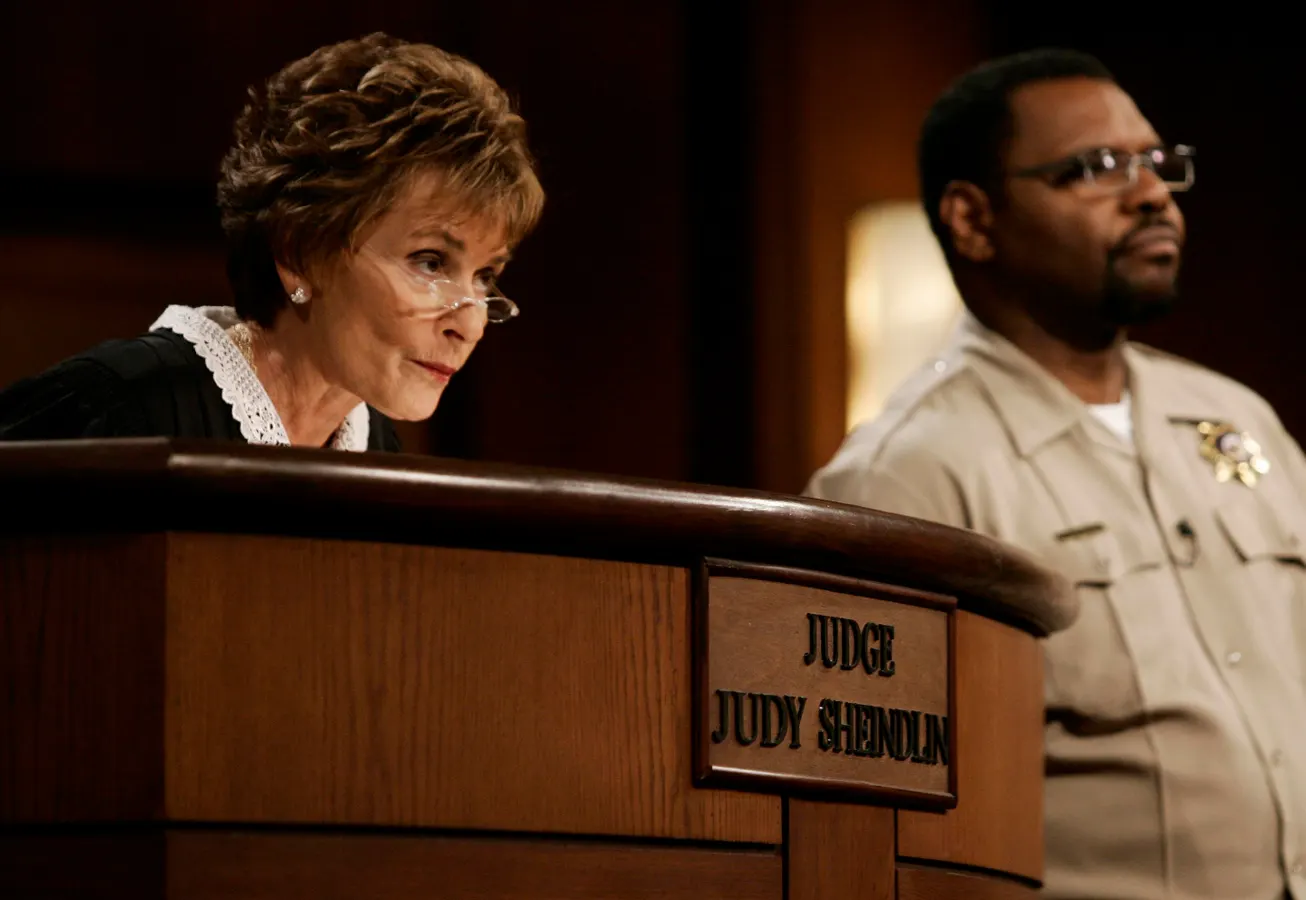
In Judge Judy (1996-2021) — and other courtroom shows — the defendant (person who owes the plaintiff money) actually never has to be held accountable as well — the show pays the judgment to the plaintiff. Judge Judy is also able to state false claims without being sued as signed before you go on (( Bresnan, P. (Host). (2022, May 22). Judge Judy’s Law [Audio podcast transcript]. In The Experiment. The Atlantic. )). This deceives viewers perceptions on what is actually considered legal, though for the sake of keeping it entertaining.
Courtroom shows, can still serve as an idealistic example of how courts should be proceeded with more cases, since high status and average cases have become convoluted.
Taking A Theatrical Approach To Law
The aforementioned courtroom television shows (( Bresnan, P. (Host). (2022, May 22). Judge Judy’s Law [Audio podcast transcript]. In The Experiment. The Atlantic. )) have a tendency to dramatize and employ a limited amount of acting, and this is not only a phenomenon associated with courtroom television. Professor Julie Stone Peters explains how acting and persuasion in court are a part of the emotional aspects of any legal case, as legal drama has always been a part of legal systems and the appeal process. In ancient Athenian courts, an orator named Demosthenes trained himself in performance to win cases against his opponent to the point that
“his interpretation of the law became the law.”
(( Glasberg, E. (2022, August 16). A history of law as performance. Columbia News. ))
Depp V. Heard (Apr 11, 2022 – Jun 1, 2022)
Since then, the creation of cameras and the internet has heightened the historical spectacle of the courtroom. Contemporarily, the recent Depp v. Heard (Apr 11, 2022 – Jun 1, 2022) (( Rosenblatt, K., Madani, D., & Li, D. K. (2022, April 27). Johnny Depp and Amber Heard defamation trial: Summary and timeline. NBC News. )) case represents people’s obsession with “drama” in the courtroom — many individuals watched the case live, and edits of the court hearings became trending on the internet (( Glasberg, E. (2022, August 16). A history of law as performance. Columbia News. )). In fact, the popular case would be capitalized on with the recent release of a Netflix special exploring the trial and its online craze.
There are also questions about how performance played a role in the hearings, in addition to their celebrity status. As a result of knowing millions of people are watching, you will likely alter your behavior, which will lead participants and viewers to forget the purpose of obtaining justice.

While courtroom television is intended to provide entertainment, these well-known cases served as the catalyst for the genre’s success.
After The ‘Murder Trial Of O. J. Simpson’ (1994-95)
Specifically, during and after the O. J. Simpson case (“Murder trial of O. J. Simpson:” Sep 26, 1994 – Oct 3, 1995), people watching the case became tired of the long-drawn trial having no resolution for months (( Bresnan, P. (Host). (2022, May 22). Judge Judy’s Law [Audio podcast transcript]. In The Experiment. The Atlantic. )).
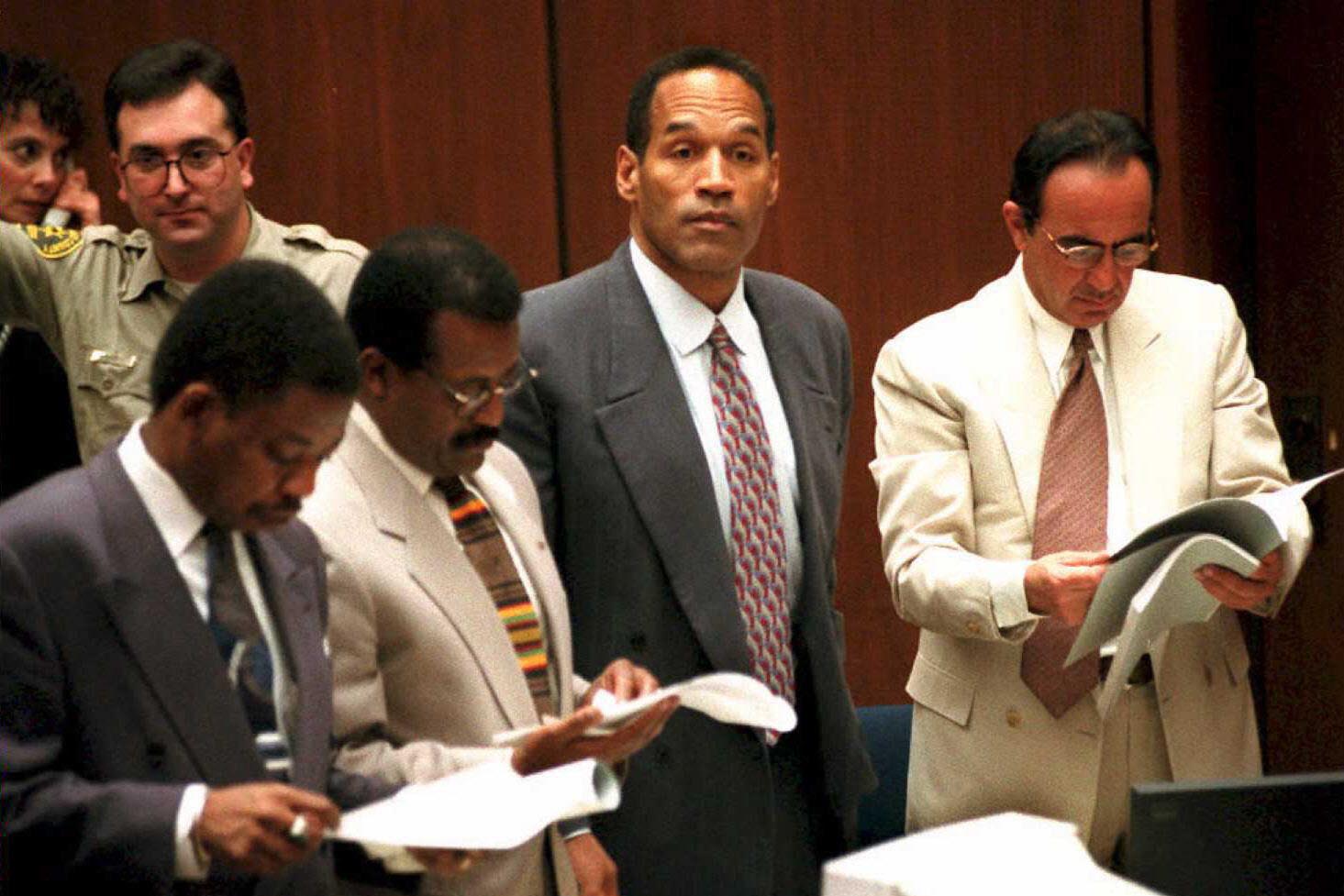
After that event, Judge Judy (1996-2021) began to satisfy the masses with cases that ended quickly, maintaining an approach to law that resulted in instantaneous decisions. Participants of the show were also encouraged to act out (( Bresnan, P. (Host). (2022, May 22). Judge Judy’s Law [Audio podcast transcript]. In The Experiment. The Atlantic. )), further fueling audiences who have had no court experience that supposed excitability is a component of court cases when that is not the case.
Using The Courtroom As A Venue For Public Shaming
During colonial America, public shaming was a common form of punishment; convicted citizens were put in stocks, pillories, or branded with letters or signs to symbolize their crime. Today, shaming sanctions are not commonly used in courtrooms as a form of punishment for offenses; however, many judges in courtroom shows take part in insulting participants within an audience.
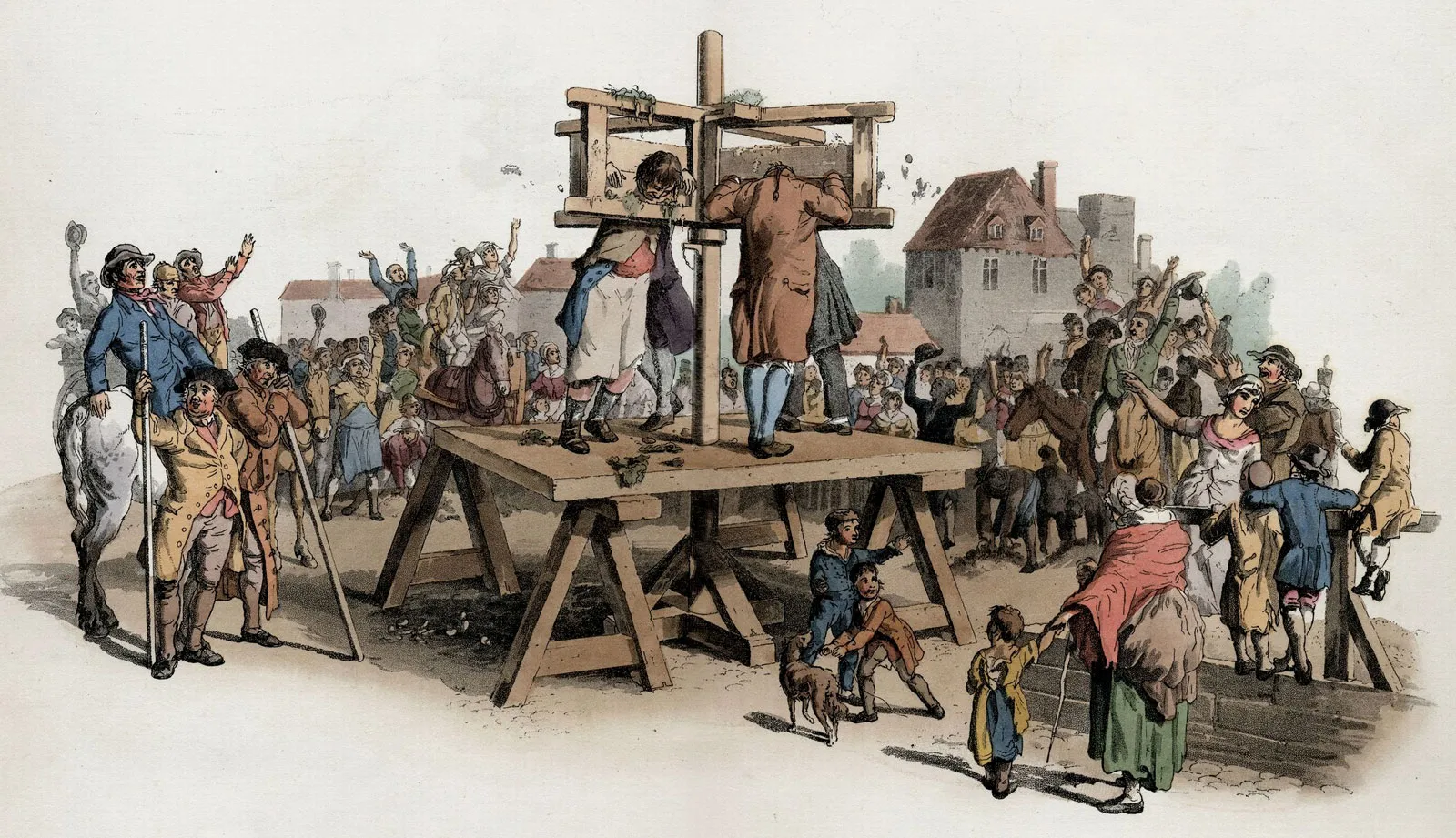
Public humiliation and shaming were a form of addressing immoral activity to maintain significant traditional moral standards during colonial America; many Americans today believe the country is experiencing a moral decline. According to a recent 2023 poll by Gallup, 54% of Americans currently feel America’s moral values are declining and poor, four percentage points higher than a year ago (( Brenan, M. (2023, July 7). Views of state of moral values in U.S. at new low. Gallup.com. )). Judge Judy‘s personal beliefs to viewers are voiced clearly in her rulings and statements on her show; Judy’s overall belief and main law is:
you must take responsibility for your actions.”
(( Bresnan, P. (Host). (2022, May 22). Judge Judy’s Law [Audio podcast transcript]. In The Experiment. The Atlantic. ))
Judge Judy‘s in-person audience often laughs or applauds after she makes an insulting remark or implies her opinion of a participant’s behavior in many episodes. This group agreement resembles a similar moral superiority complex those performative citizens of tight-knit towns enacted with public shaming (( McKown, M. (2015). From the stocks, to handcuffs, to Hollywood: An analysis of public humiliation in judge Judy’s Syndi-Court. )). Many participants who attend courtroom shows now realize they may face humiliation, or believe they will gain fame as a result of the humiliation if they attend the show (( McKown, M. (2015). From the stocks, to handcuffs, to Hollywood: An analysis of public humiliation in judge Judy’s Syndi-Court. )).
Validating this belief through her social shaming is an example of Judge Judy maintaining and voicing a moral standing that is not apparent to her in each episode. Each episode may serve as a teaching lesson for viewers, as explained by Brenan’s mother on The Experiment podcast. Since Judge Judy was legally not bound to the laws of the courtroom, the rules she maintained for each case were by “Judy’s Law:” common sense (( Bresnan, P. (Host). (2022, May 22). Judge Judy’s Law [Audio podcast transcript]. In The Experiment. The Atlantic. )).
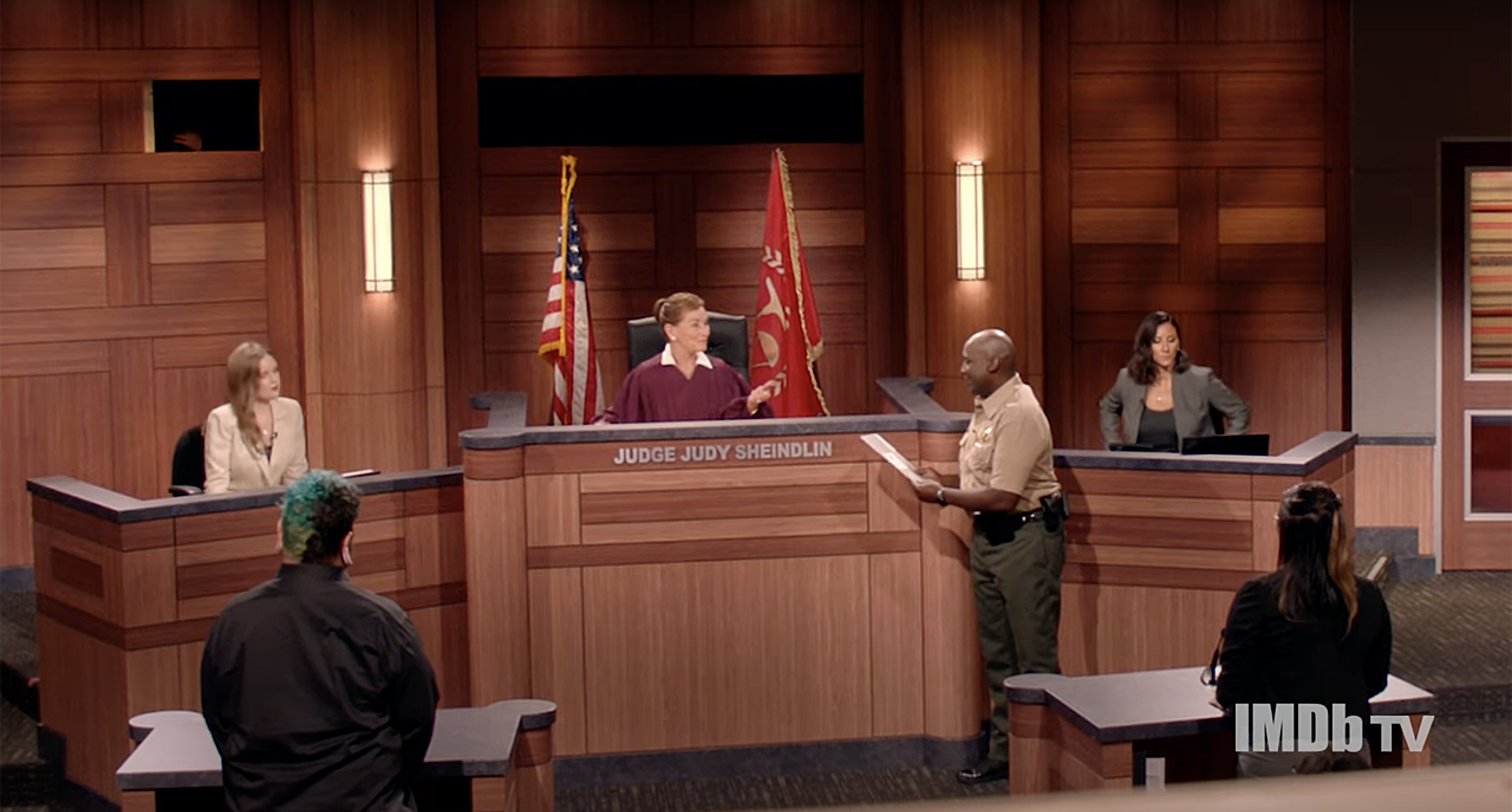
Announcing her moral standings to an audience likely creates connections with viewers through moral pandering. Judge Judy may be seen as a teacher of morals to certain American viewers who feel she is “raising awareness” on America’s moral decline. Her authority allows viewers who have similar beliefs to feel vindicated as to how individuals should truly be punished, and what actions are considered morally good or bad.
How Do Courtroom Television Shows Reflect American Values And Culture?
Whether it is the recent trend of watching famous celebrity court cases, the moral panic Americans fear, or the schadenfreude delight viewers feel watching others feel punished out of moral superiority, these shows provide a form of content that reflects people’s idealized view of justice and our legal system in the United States.
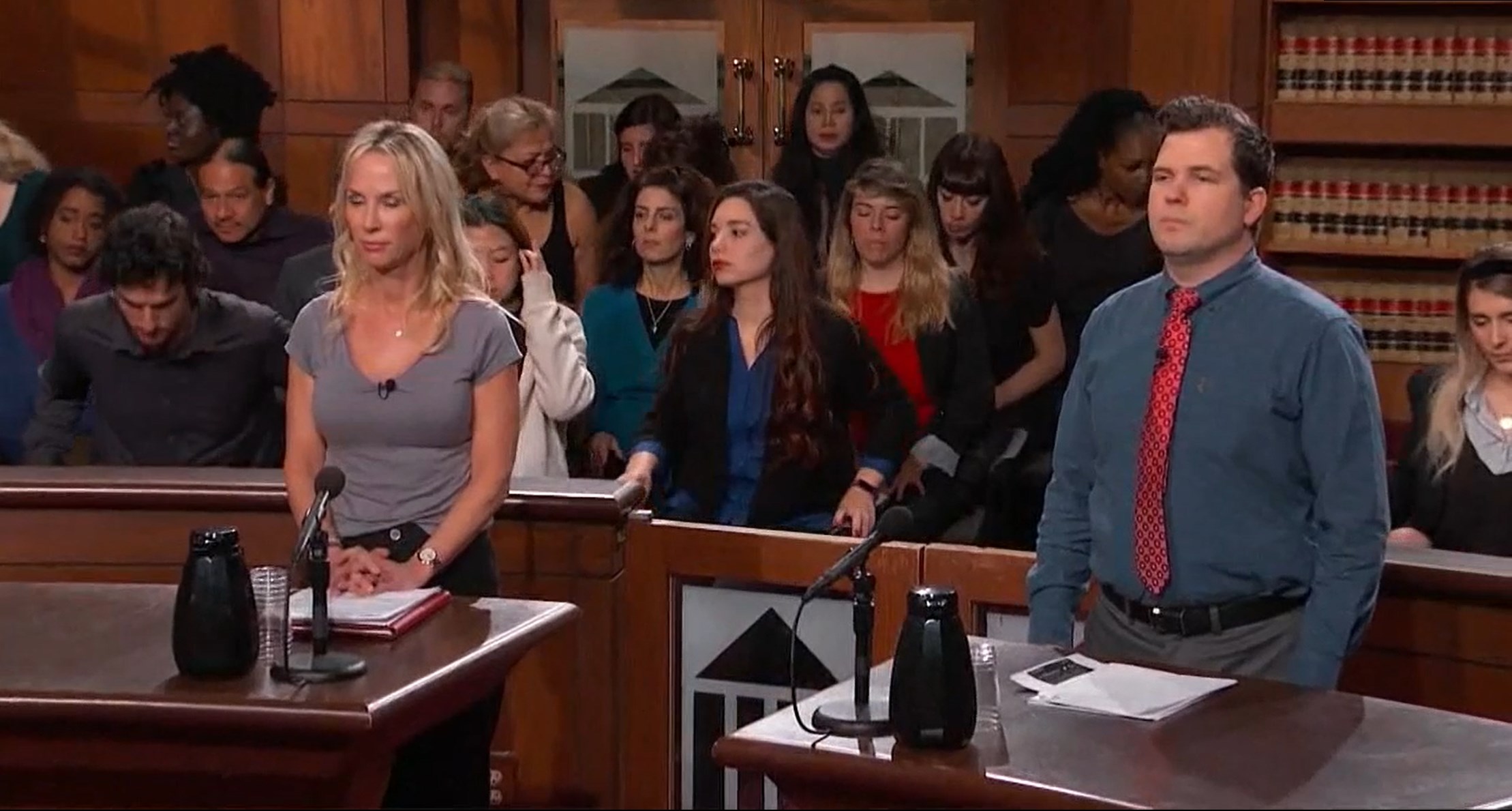
Despite its educational elements, courtroom television can also be considered a more formal and proper form of reality television that makes viewers feel more comfortable watching it. On an early afternoon, it may be tolerably funny to see the absurdity found in a number of cases, just as if it were a soap opera.
